If you were at a country club pool in the 1960s or 1970s, you would likely see toddlers swimming about with little bubble floats on their backs. In some cases they were plain styrofoam, but in many cases they were more stylish and fabric covered version, from a brand called Swim Bouy.
Swim Buoy, founded in 1955 by Jack L. Brasington Sr., was not a maker of life preservers. Instead, they were devices to help a child float and learn to swim. Sometimes, they were just called a bubble.
In the last few decades, other methods became popular, including the flotation devices that you remove strips from the side gradually as the child learns to swim. There is also the gruesome “throw in the water” immersion method, which somehow seems about as charming as water childbirth, though it does have its adherents.
But the best was the Swim Buoy bubble float. It was best because it made the child swim and move about to keep its head above water, in a sense training the child to swim without knowing it.
Today, the Swim Buoy is still made, and by a small company in Miami. On their website, they show archival photos of children with the Swim Buoy. It’s still a fashion statement, and comes in clever, snazzy patterns, so that parents can feel hip about it.
Kapok and Cork
A 1955 advertisement for a Swim Buoy described them as a “kapok” Swim Buoy, kapok being the tropical cotton type fabric used in life preservers. Kapok, which is derived from the kapok or ceiba tree, is native to South America, and is a waterproof silky cotton substance that was often used for pillows and flotation before petrochemicals. The “exotic” Kapok Tree Restaurant was also a legendary tourist attraction in Clearwater, Florida.
Before plastic flotation, kapok was a key material for life jackets.
As early as 1904, the People’s Steamship line was advertising the availability of the “Kopec” life preserver.
During World War II, the life jacket or life preserver was known as a Kapok Life Vest. Airmen of the era were issued inflatable life vests.
Another early material was cork.
After World War II, the Kent Sporting Goods Company was founded as a subsidiary of Eagle Rubber Company, Inc. They are still a major manufacturer today.
In the 1970s, Maurice O’Link of Stearns, a unit of Coleman, created the more useful jacket style life vest, in conjunction with the Coast Guard. This was the advent of the Type III vest so familiar to Americans today, made by not only Stearns, but brands like Sears Yachtsman.

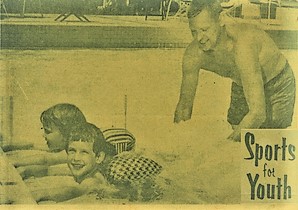
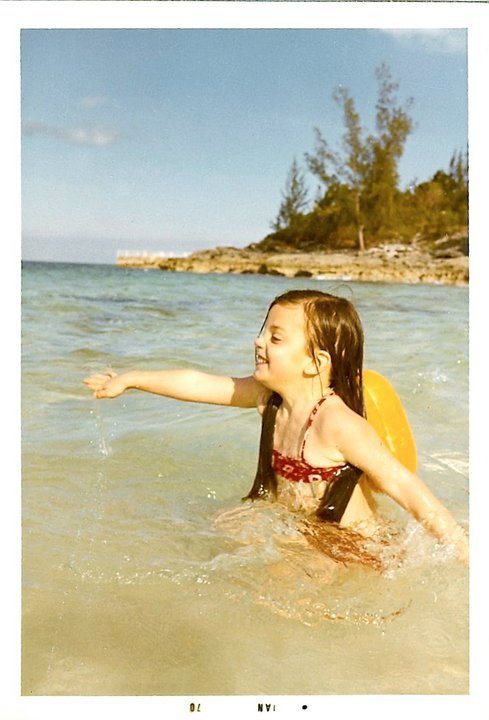

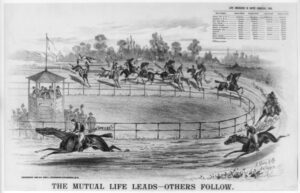
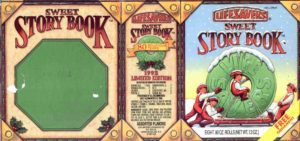
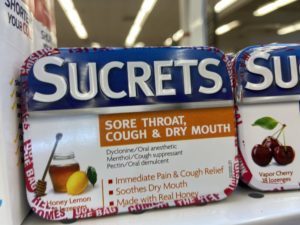
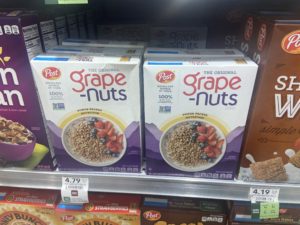
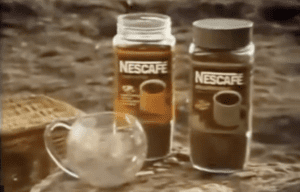

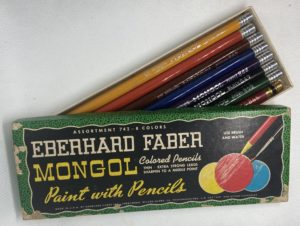
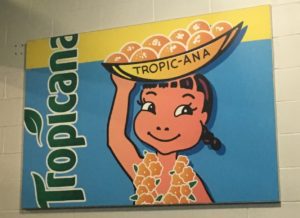
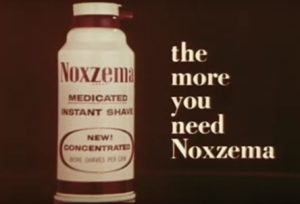

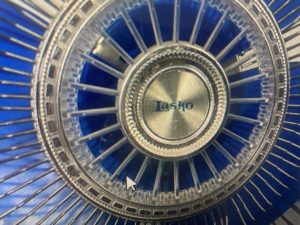

I had one of the cheap red styrofoam bubble belts as a little kid in the 60’s. I cinched it too low on my waste one time and it spun me upside down in an instant. I still remember the shock and panic of that moment like it was yesterday. I kicked out of it luckily. I learned to swim kinda instantly that day. Oddly I couldn’t find one picture on the internet of those old red styro buble belts even though they were very popular back then.
Garland, Thanks for a great article. Swim-buoy is going strong. We now have many store in USA, Canada and in Europe. Only four years ago we starting a program to put the Swim-buoy in stores and distributors all around the world. We are very appreciative to our YMCA and Swim Schools all over the country that have been using the Swim-buoy for over 60 years, they are and still will be our backbone.
The Swim-buoy for 60 years has only been produced in the USA and will continue to be.
As my Dad would say “The Fun Way to Learn to Swim”
Jack Jr